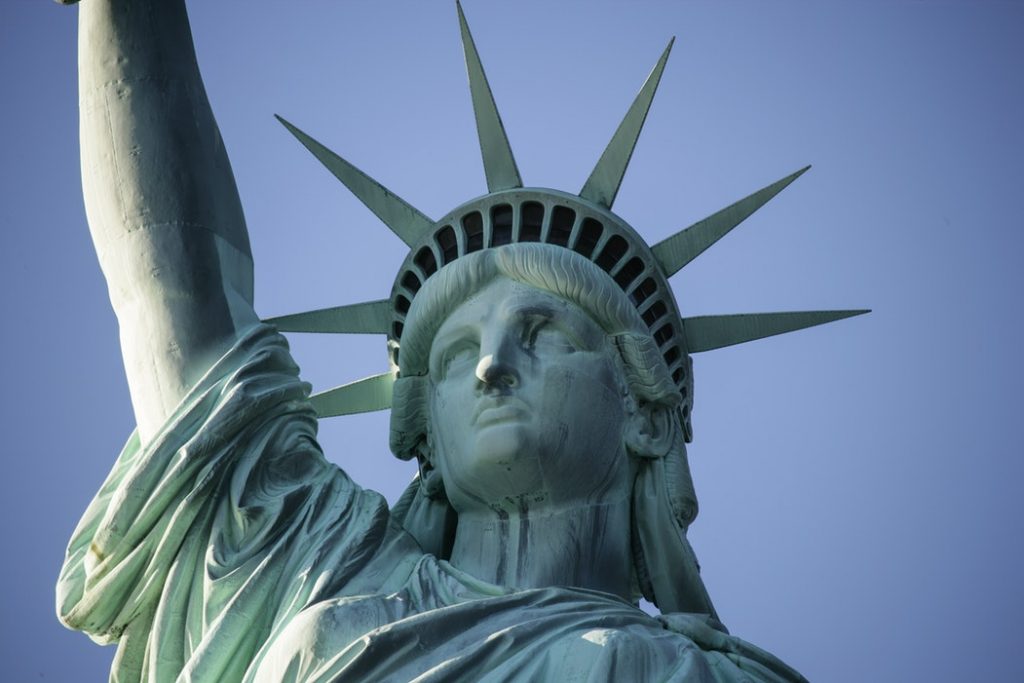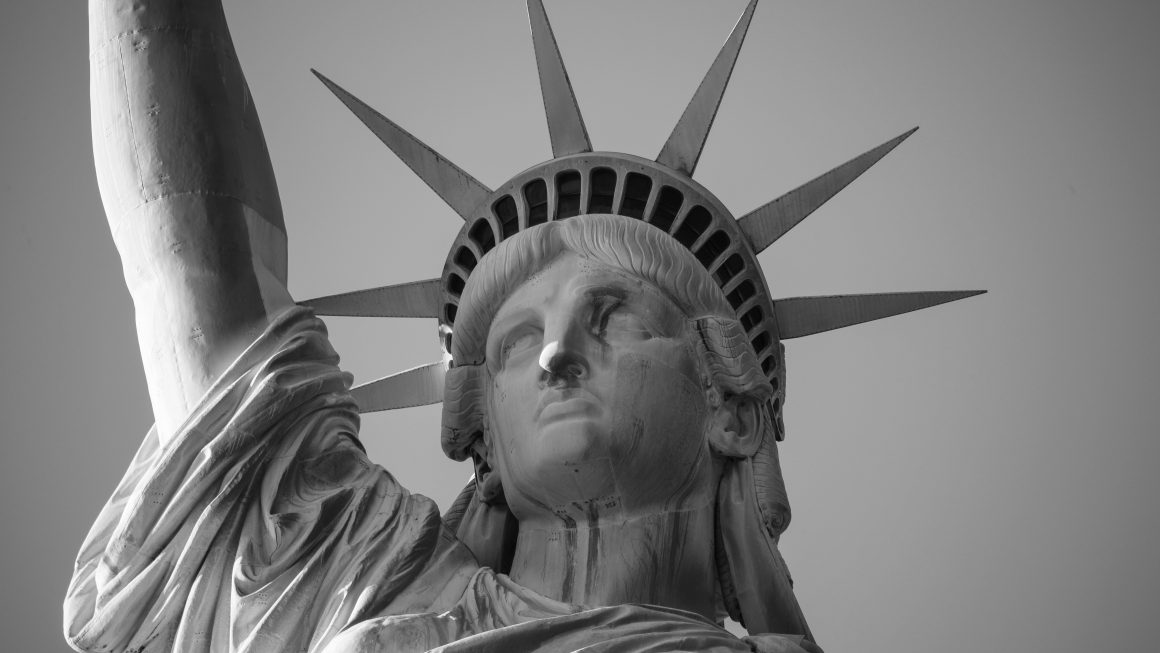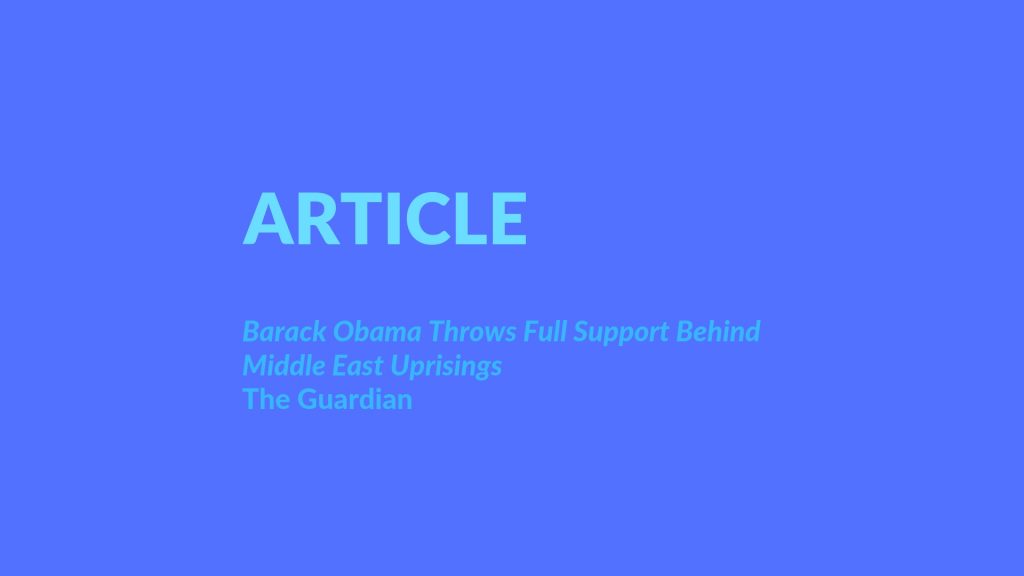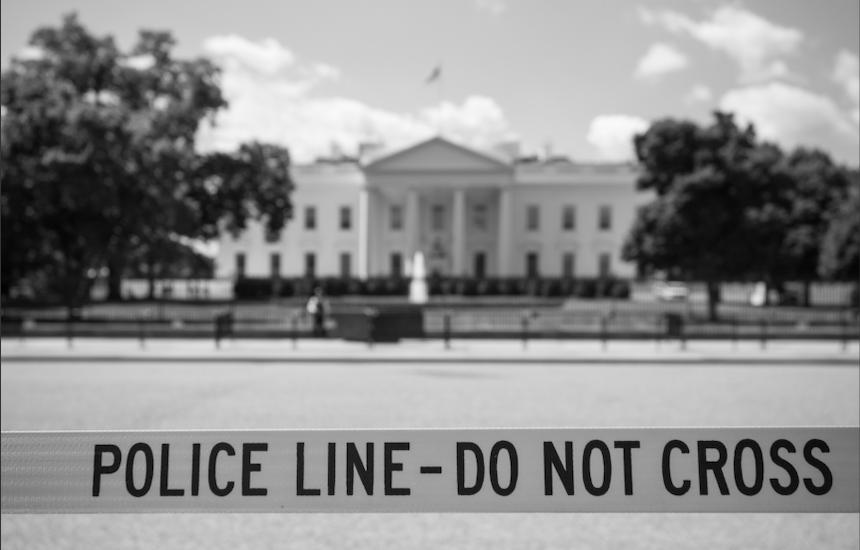
In this episode, the American presence abroad and the engagements of the U.S. are examined around 2012 by hearing from a variety of foreign policy experts’ opinions.
In the decades before 2012, and the Benghazi attack during September 11th and 12th of that year, America was engaged significantly around the world with various anti-terrorist programs and interventions. This included many countries in the Middle East and Africa, some of which are Yemen, Pakistan, Somalia, Uganda, Turkey, Iran, and Libya. In the 1990s, the U.S., through the Clinton administration, engaged militarily in the Balkans, Haiti, but crucially and tragically, not in Rwanda. East of Libya, America was involved in Iraq and Afghanistan (Traub, 2012).
The U.S. justifies its actions abroad with varied reasoning. Stated motives for engaging in conflicts, or declaring presence overseas, has varied from defeating Al Qaeda or other terrorist groups, to deterring weapons threats, and to reinforce military cooperation. Some strategies employed by the U.S. have been to station American soldiers in overseas posts to train local militaries, to complete remote drone strikes, or to provide equipment and monetary support. American military actions are often justified as national security objectives, after non-state actors became the primary antagonist of American foreign policy after the events of 9/11 (Traub, 2012).
However, leading up to 2012, the United States has not been successful in fully resolving conflicts (Staniland, 2018). This may be due to the way America engages in military interventions. In general, states involve themselves internationally based on personal motives, according to a realist perspective. The U.S. promotes its interests abroad, to secure democratic governments in the world, especially in the countries they are involved in. As political scientist expert James Traub explains, in those countries, the domestic political movements across a country may make an American democracy aim difficult.
However, this is not the only theory about American military intervention, and under different presidential administrations, foreign policy goals also change. There are many factors aside from administration agendas that determine involvement. For example, after the terrorist attacks on the United States on September 11, 2001, under the George W. Bush administration, the U.S. invaded Iraq in 2003, and had a continuing, albeit decreasing, military presence until 2011. One popular theory is that the invasion was to deter Iraqi dictator Saddam Hussein’s weapons of mass destruction program. Others, like professor Ahsan Butt, imply that the United States invaded Iraq to send a message to “assert hegemony and demonstrate strength to a global audience” through a “demonstration effect” after failing to send such a message after Afghanistan (Butt, 2019).

From around the same time, the United States also sent money to regimes, in Egypt, Jordan, Morocco, Algeria and Yemen to reform, a process which became called “gradualization” for its enduringly slow pace because it supported regimes over actual revolution (Hamid, 2011). Meanwhile, in Libya, from the early 2000s until 2012, relations warmed and waned with the West, and a dictator was ousted from power.

Rose, Gideon. “9/11 Perspectives: How America Changed its Projection of Power.” Foreign Affairs, Council on Foreign Relations, 18 July 2011. www.foreignaffairs.com/videos/2011-07-18/911-perspectives. Accessed 10 Apr. 2019.
MacAskill, Ewen. “Barack Obama Throws Full Support Behind Middle East Uprisings.” The Guardian, 19 May 2011. www.theguardian.com/world/2011/may/19/barack-obama-us-support-middle-east-uprisings. Accessed 11 Apr. 2019.

Ahsan I. Butt, “Why did the United States Invade Iraq in 2003?” Security Studies, Taylor & Francis Online, 4 Jan. 2019, 10.1080/09636412.2019.1551567. Accessed 20 Apr. 2019.
Hamid, Shadi. “The Struggle for Middle East Democracy.” The Brookings Institution, 26 Apr. 2011. brook.gs/2bBXs57. Accessed 20 Apr. 2019.
Lindgren, Erik. “HD [Statue of Liberty] Photo.” Unsplash, 23 June 2015, unsplash.com/photos/WWtC9QUXxGk?utm_source=unsplash&utm_medium=referral&utm_content=creditCopyText. Accessed 27 Apr. 2019.
Staniland, Paul. “The U.S. Military is Trying to Manage Foreign Conflicts—Not to Resolve Them.” The Washington Post, 16 July 2018. wapo.st/2uAcdAY?tid=ss_tw&utm_term=.bca6d4b3866a. Accessed 20 Apr. 2019.
Traub, James. “The End of American Intervention.” The New York Times, 18 Feb. 2012, nyti.ms/2nTowVa. Accessed 24 Apr. 2019.






